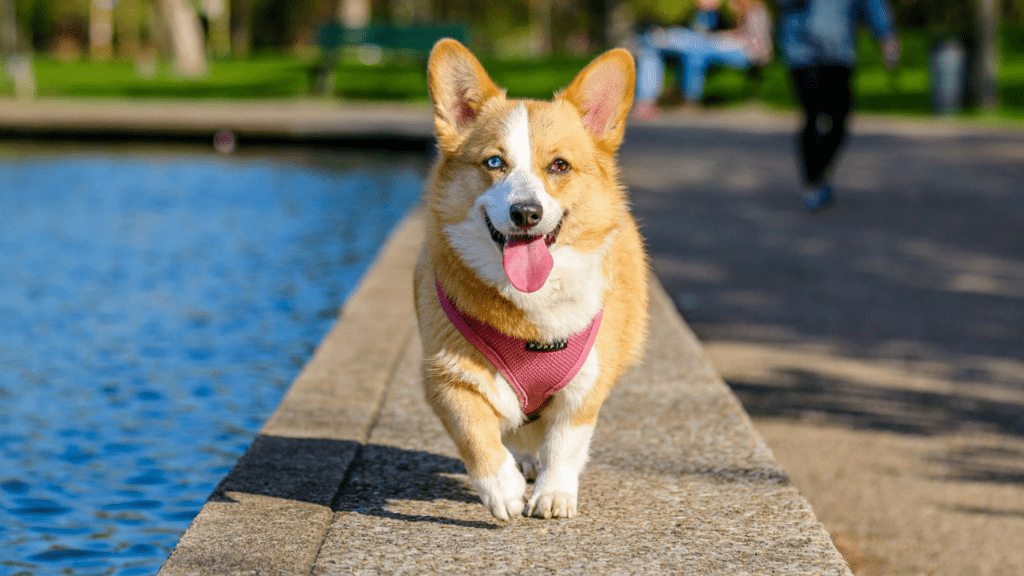What to Look for in a Guide
When assessing potty training guides, I focus on a few key aspects to ensure they meet my criteria for effectiveness. Firstly, illustrations play a crucial role in engaging both parents and children, making the learning process more enjoyable and understandable. A guide with clear, colourful visuals can help demonstrate the steps involved in potty training, enhancing comprehension and retention.
Secondly, practical tips and real-life examples are essential components of a reliable guide. I look for guides that offer practical solutions to common potty training challenges, accompanied by relatable stories that resonate with my own experiences as a parent. These insights provide reassurance and guidance, making the journey less daunting for both me and my child.
Lastly, a user-friendly format is key when selecting a potty training guide. I prefer guides that are well-structured, easy to navigate, and written in a clear, concise manner. A guide that is logically organised with step-by-step instructions and troubleshooting sections can significantly simplify the potty training process, helping me stay on track and address any issues that may arise.
Benefits of Using a Structured Approach
Implementing a structured approach to potty training has numerous advantages for both parents and children. By following a systematic guide or plan, I can maintain consistency in my approach, which is crucial for reinforcing new habits and routines. A structured approach provides a sense of security and predictability for my child, helping them feel more confident and empowered throughout the potty training journey.
Moreover, a structured approach allows me to track progress effectively and make adjustments as needed. With clear milestones and goals outlined in the guide, I can monitor my child’s development and celebrate achievements along the way. This sense of accomplishment boosts my child’s self-esteem and motivates them to continue working towards potty training success.
Evaluating potty training guides based on key criteria and embracing a structured approach can significantly enhance the effectiveness and efficiency of the potty training process, leading to positive outcomes for both parents and children.
Popular Potty Training Methods
Gradual vs. Intensive Training Techniques
In potty training, the choice between gradual and intensive techniques depends on the child’s readiness and the parent’s approach. I favour a gradual method where I introduce the concept of using the potty slowly, allowing my child to adapt at their own pace. This method involves small steps like sitting on the potty without pressure and gradually increasing the expectations as the child becomes more comfortable. While an intensive approach might work for some families, I find that gradual techniques tend to yield better long-term results with fewer setbacks.
Age-Based Approaches
When it comes to age-based potty training approaches, I’ve found that understanding and considering my child’s developmental stage is crucial. Younger children may take longer to grasp the concept, so I focus on gentle guidance and positive reinforcement. For older toddlers, I adjust the approach to include more verbal communication and encourage their growing independence. By tailoring the potty training method to suit my child’s age and stage of development, I’ve seen smoother transitions and greater success in achieving potty training milestones.
Recommended Potty Training Guides
Books and eBooks
When it comes to potty training, having access to valuable resources like books and eBooks can be a game-changer. These guides offer comprehensive insights and tips from experts in child development and behavioural psychology. They provide step-by-step strategies, real-life scenarios, and practical advice to navigate the potty training journey smoothly.
Online Courses and Videos
Online platforms have become a treasure trove of information for parents seeking guidance on potty training. Interactive courses and engaging videos offer visual demonstrations, troubleshooting tips, and personalised guidance from experienced professionals. Parents can access these resources at their convenience, making the learning process more flexible and tailored to their specific needs.
Tips for Successful Potty Training
Setting Realistic Goals
I recommend setting specific and achievable goals when embarking on the potty training journey. It’s important to understand that each child is unique, so progress may vary. Set realistic expectations based on your child’s readiness cues and development stage. Celebrate small victories to motivate your child without pressure.
Creating a Supportive Environment
Creating a supportive environment is crucial for successful potty training. Ensure your child’s potty is easily accessible and encourage them to use it independently. Offer praise and encouragement for their efforts, creating a positive association with using the potty. Consistency in routines and positive reinforcement are key in fostering a supportive atmosphere.
